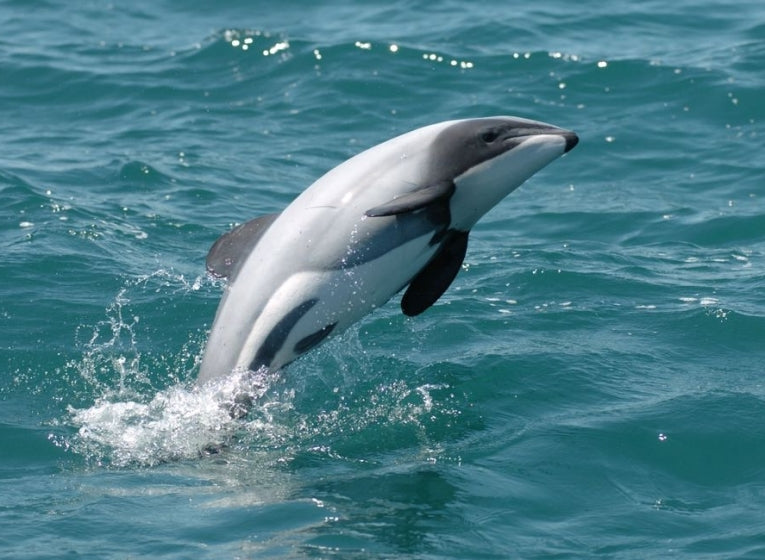According to the NZ Forest and Bird Authority, the Hector's dolphin must be stopped from being caught in nets, by hook or by crook! Unfortunately this is not the case, as evidenced by several new pieces of evidence. Only surviving because it lives in a relatively uninhabited part of the world, this smallest of dolphin species' survival is now hanging by a thread. There are thought to be up to 10000 remaining, of which 10% live in the area of NZ where the fishing has been observed.
Earthrace New Zealand are a group of people concerned about the 12 nautical mile sanctuary within which dolphins are supposed to be protected. It includes the two harbours of Lyttleton and Akaroa, around which the friendly dolphins were often seen.
Pairs of trawlers were first caught fishing with gill nets at night within the prohibited sanctuary zone. The fact that these fishermen could also have been carrying out illegal pair-trawling with much larger nets is accepted. Each year around South Island, 23 Hector's dolphins are killed in gill nets.
Observers would be unable to note this at night as they only go on board during the day. Pete Bethune's family have served as commercial fishermen and recorded many of this species caught, but none ever reported. High fines and the need to make a living wage for all fishermen are the cause of this secrecy.
The related Maui dolphin, Cephalorhynchus hectori maui, is already likely to become extinct, with an estimated population of only 50 individuals. Gill netting has to be stopped within the 12 nautical mile zone, while at the moment fishing takes place as close as 2 miles from the shore. The fate of the Maui will be likely to be that of C. hectori. With an annual possible growth of only 2%, it is unlikely that any recovery of numbers can take place. Both of these dolphins are endemic to the country, Maui's to the west coast of North Island and Hector's to the South Island coasts.










